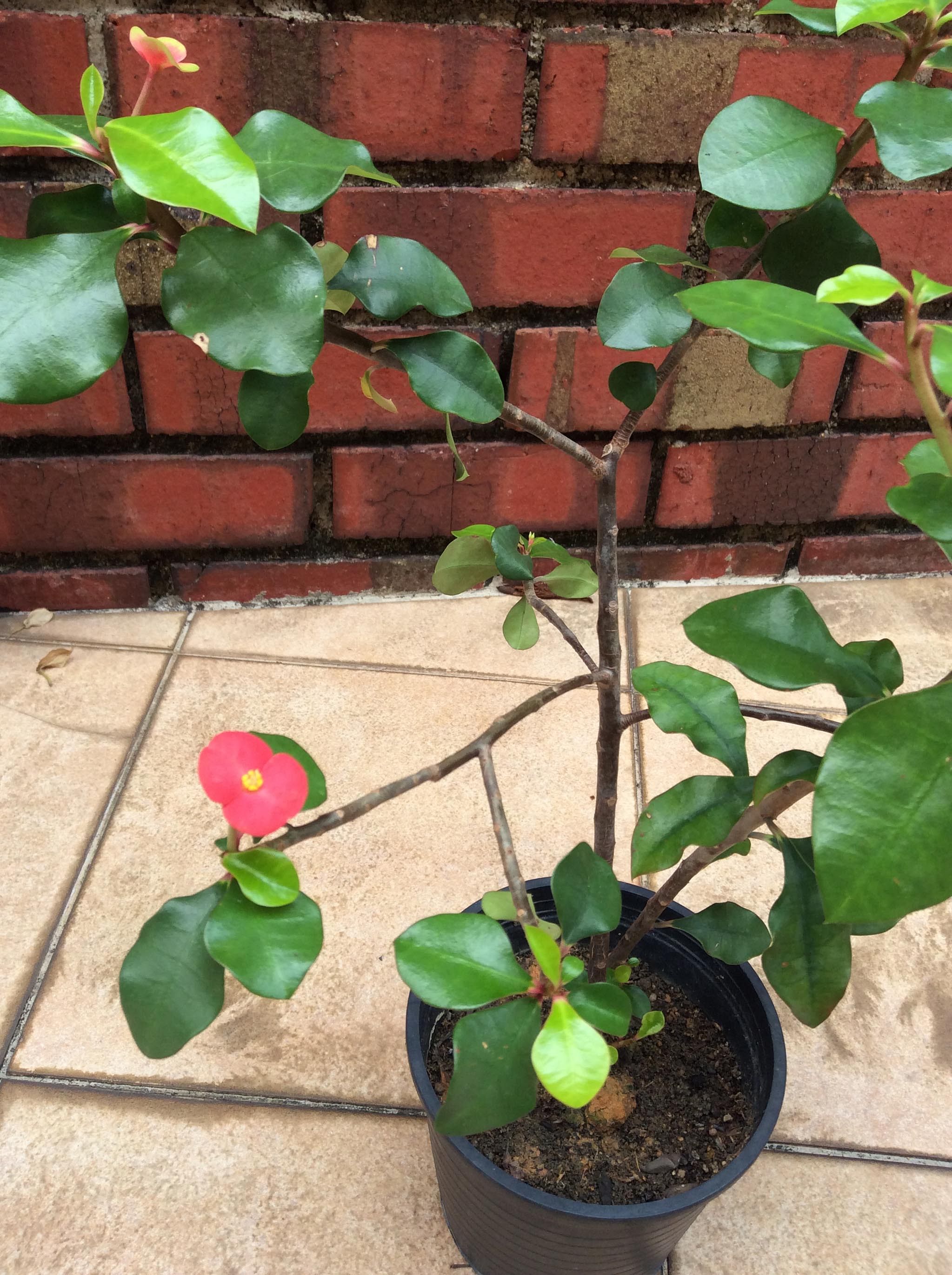Use pesticide with care to protect jasmine
I bought a jasmine plant two months ago. There was a minor spider mite infestation, which cleared up after I applied neem oil for two weeks. It is now shedding leaves and some leaves have shrivelled. How can I nurse the plant back to health? Also, which species of jasmine is this?
Angeline Loh
It is likely the Arabian Jasmine (its botanical name is Jasminum sambac). Without flowers, it is not possible to determine the cultivar. There are cultivars with single and double flowers.
The leaves could have shed due to several reasons. One of the causes could be that the plant has dried out excessively during the hot season. Always remember to water the plant thoroughly and regularly to ensure the root zone is kept moist at all times.

You may find it useful to incorporate some organic matter, such as mature compost, into the soil. You can also apply a layer of compost as mulch on the soil surface. Adding compost can help retain moisture and the layer of mulch can help reduce the rate of evaporation.
Another reason for the shedding of leaves could be due to phytotoxicity. When applying pesticides, always follow the label's instructions when making the pesticide solution.
Also, ensure that you spray the pesticide only when the weather is cooler and that the plant is hydrated. Using an overly high dose, spraying during hot, sunny weather or when the plant is lacking water can injure the plant.
If the damage is not too severe, the plant can usually recover by producing new leaves.

Tip: Water poppy comes with cheery blooms
The water poppy (its botanical name is Hydrocleys nymphoides) is a delightful aquatic plant that can be planted in a tub of water.
It produces attractive, cheerful, lemon-yellow flowers with brown centres. The leaves are oval in shape and glossy green. Its stems float on water, but its roots should be planted in fertile, aquatic plant media for better growth.
The plant is ideal for display in a tub on a sunny porch, where it can be exposed to direct sunlight for at least half a day. It propagates easily through stem-cuttings.
Avoid growing it in a pond with large herbivorous fishes or fast- flowing water. You should prevent the plant from entering Singapore's waterways as it multiplies quickly and can clog the channels.

Morning glory attacked by spider mites
What causes these tiny pests to grow on my morning glory? It makes the leaves look unhealthy.
Genny Cheng
The plant is likely having a spider mite infestation. Spider mites appear as tiny, moving dots on the undersides of leaves.
Damage caused by a light infestation first appears as a stippling of light dots on the uppersides of leaves. Heavily infested leaves can turn yellow and drop off.
Plants grown under optimal conditions are usually not affected badly. Those grown in conditions that are hot, dry and dusty or overly shady, are prone to spider mite attacks. Plants that are not watered frequently or subjected to water stress can also become infested.
To remedy this, prune heavily infested portions of the plant.
You can use summer oil or neem oil, which are available at local plant nurseries. Spray the oil onto the leaves to suffocate the mites. Repeated applications are usually required to manage the infestation.
Finally, move the plant to an area which has the right conditions for it to grow well. Morning glories need to be grown in a sunny location. In an apartment setting, it needs at least four hours of direct sunlight daily.

Ensure hoya is hydrated during budding stage
What is this plant? It is easily attacked by mealy bugs. It became badly infected, so I cut everything off and repotted it. The plant produced flower buds a few times, though it bloomed only the third time. Why do the buds wither?
Cherine Chiang
The plant is botanically called Hoya multiflora. Its common name is the Shooting Stars Hoya.
Hoya plants are prone to mealy bug infestations. In general, growing the plant under optimal conditions can help reduce the severity of infestation.
This particular hoya is best grown when it is exposed to filtered sunlight for at least four hours a day. Avoid stressing the plant when new flower buds are emerging as this can cause the buds to be aborted.
One of the most common errors is letting the plant dry out during this stage. It is important to ensure that the plant is hydrated during the budding stage - keep the root zone moist at all times.
Avoid moving the plant. Protect it if it is grown in an overly windy area.

Thornless Crown of Thorns a festive plant
What is this plant?
Lilian Wee
It is botanically known as Euphorbia geroldii. Its common names are Gerold's Spurge and Thornless Crown of Thorns.
The plant is sold in Singapore as a Chinese New Year festive plant, likely due to the auspicious red floral bracts.
The arrangement of the bracts also looks like the figure eight, an auspicious number to the Chinese.
The plant needs to be exposed to direct sunlight to grow well.
In an apartment, it should get at least four hours of direct sunlight daily to stay compact and floriferous.
It grows best in a well-draining, but slightly moisture-retentive mix. You can propagate it via stem-cuttings.
• Answers by Dr Wilson Wong, a certified practising horticulturist and founder of Green Culture Singapore (www.greenculturesg.com). He is also an NParks-certified park manager.
• Have a gardening query? E-mail it with clear, high-resolution pictures of at least 1MB, if any, and your full name to stlife@sph.com.sg
